Pixels, pictures and powering up Understand article
Science in School is published by EIROforum a collaboration between eight of Europe’s largest inter-governmental scientific research organisations (EIROs). This article reviews some of the latest news from EIROs.
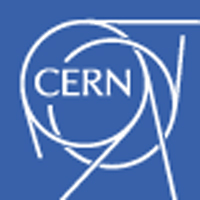
CERN: CERN’s heart beats again
The accelerator at the heart of CERN, the Large Hadron Collider (LHC) in Geneva, Switzerland, is back in operation after a two-year tune-up. In this time, hundreds of engineers and technicians have changed the LHC infrastructure to create higher-energy particle collisions.
The LHC begins its second season with almost double its previous operational energy. Beams inside the 27 kilometre ring of the LHC will also produce more collisions because of an increase in proton bunching and a reduction in the time between bunches.
The new set-up will test the standard model of particle physics and will begin to explore unknown territory surrounding the Brout–Englert–Higgs mechanism, dark matter, antimatter and quark–gluon plasma.
Don’t forget the CERN education website hosts many more activities that you can use with your students.
Based in Geneva, Switzerland, CERN is the world’s largest particle physics laboratory. Learn more.
Click here for a list of CERN-related articles in Science in School.

EMBL: Shining light onto the fabric of life
EMBL’s European Learning Laboratory for the Life Sciences (ELLS) inaugurated its 2015 series of workshops for European teachers with a LearningLAB on protein structure and X-ray crystallography.
The programme was a mix of hands-on modules and scientific presentations on structural biology. The visiting teachers learned how to grow crystals from lysozyme – a protein found in egg white – and how to replicate this experiment in the classroom using an experimental kit. First-hand insights into structural biology research were provided by scientists from the ‘FluPharm’ project, who discussed the path to their recent discovery of the 3D structure of the flu virus polymerase and the practical applications that are linked to this major scientific achievement. The workshop also included a visit to the protein-expression and high-throughput crystallisation facilities at EMBL Grenoble, and the X-ray beamlines operated by EMBL at the European Synchrotron Radiation Facility (ESRF).
More LearningLABs will be organised in 2015, starting with one in Greece on DNA and genetic technology and how to experiment with both topics in the classroom, organised in collaboration with the National Center for Scientific Research ‘Demokritos’ and Vasiliki Kioupi, who was portrayed in issue 30.
To learn more about ELLS activities, visit their web portal.
To read the portrait of Vasiliki Kioupi, see: Kling I (2014) Experienced and experiencing teacher, Science in School, 30, 49-52.
EMBL is Europe’s leading laboratory for basic research in molecular biology, with its headquarters in Heidelberg, Germany. Learn more.
See a list of EMBL-related articles in Science in School.

ESA: Pixel your space
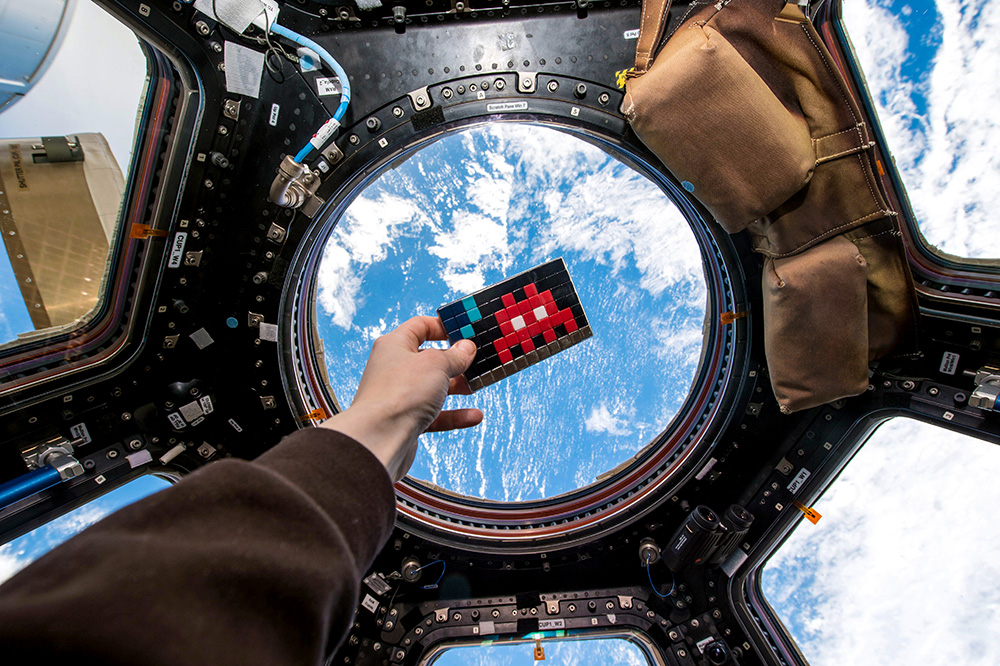
International Space Station
Image courtesy of ESA/NASA
A new classroom resource from ESA links art, science and technology. ‘Pixel your space’ is a teacher’s guide from the ‘Teach with Rosetta’ programme. The resource, for children aged 8 to 11, explores what pixels are and how their number affects image quality.
Digital imaging is now a cornerstone in many research disciplines. In space exploration, telescopes and probes carry onboard cameras with huge number of pixels – 1.5 billion in Gaia, the largest digital camera ever to be flown in space, which was launched in 2013 to screen the Milky Way galaxy with unprecedented detail. Your students can now investigate the basic imaging principle behind this camera.
A variety of hands-on activities, mostly manual and a few computer-based, are included in the resource. Pupils are encouraged to create their own pixel artwork, learning about techniques used in Aboriginal art and by the urban artist Invader.
Don’t miss the chance to teach pixels and image processing. Download the materials here.
ESA is Europe’s gateway to space, with its headquarters in Paris, France. More information.
See a list of ESA-related articles in Science in School.
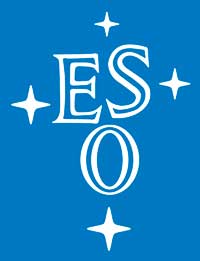
ESO: A mysterious explosion in the sky, resolved
New observations by researchers from ESO and the Max Planck Institute for Radio Astronomy in Bonn, Germany, have finally identified a star first observed with the naked eye from Earth in the 17th century.
The phenomenon has represented an intriguing mystery for centuries. More than 300 years ago, astronomers described in detail the oddness of a new celestial body that disappeared and reappeared twice before finally vanishing. In the 20th century, astronomers first thought the phenomenon was the death of a star in an explosion, but subsequent studies rejected this possibility.
Probing the area with sub-millimetre and radio wavelength telescopes located in Chile, Hawaii and Germany, scientists have now uncovered what happened – a spectacular collision of two stars. This rare stellar explosion, called a red transient, spews material from the stellar interiors into space, eventually leaving behind only a faint remnant embedded in a cool environment, rich in molecules and dust. Exactly the profile of Nova Vul 1670.
You can read the original research paper at:
Kamiński T, Menten KM, Tylenda R et al (2015) Nuclear ashes and outflow in the eruptive star Nova Vul 1670. Nature 520: 322–324. doi: 10.1038/nature14257
Download the article free of charge on the Science in School website, or subscribe to Nature today.
ESO is by far the world’s most productive ground-based astronomical observatory, with its headquarters in Garching near Munich, Germany, and its telescopes in Chile. ESO is the European partner in the ALMA project, which is a collaboration between Europe, North America and East Asia, in co-operation with the Republic of Chile. More information.
See a list of ESO-related articles in Science in School.
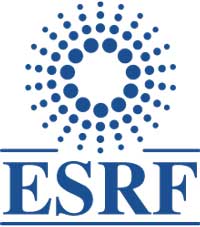
ESRF: Journey to the centre of the Moon
Using samples from Earth, researchers from the Institute of Mineralogy, Materials Physics and Cosmochemistry in Paris, France, have recently gained new insight into the seismic behaviour, inner structure and composition of the Moon. Scientists applied the same pressure (19 Gpa) and temperature (1150 K) present inside of the Moon to a piece of iron. This is the main component of the core of telluric bodies such as Earth, Mars and the Moon. In this way, scientists were able to describe the speed of seismic waves across the metal for the first time, as well as its structure and density, under lunar conditions.
The information provides a reference model to help understand the seismic data obtained on the Moon during the Apollo space programme. It will also be used to interpret the data that will be gathered on Mars during the NASA Discovery Program mission ‘Insight’ to be launched in March 2016.
You can read the original research paper at:
Antonangeli D, Morard G, Schmerr NC et al (2015) Toward a mineral physics reference model for the Moon’s core. Proceedings of the National Academy of Sciences USA 112: 3916–3919. doi: 10.1073/pnas.1417490112
Situated in Grenoble, France, ESRF operates the most powerful synchrotron radiation source in Europe. To learn more.
See a list of ESRF-related articles in Science in School.

EUROfusion: Boosting the education of the next generation of fusion engineers, and you, at home
EUROfusion has profoundly enhanced its training and education programme for specialists and the interested public.
Research on how to harvest the energy source of the Sun is a long-term project. Therefore it is vital to the programme’s progress that knowledge is transferred from one generation of researchers and engineers to the next.
Each year EUROfusion offers grants to approximately 30 postdoctoral researchers, engineers and technicians. The research topics are carefully designed to benefit both the successful applicants and the European fusion programme.
More information here.
But there is more to explore from the comfort of your home! In April one of the signatories to the EUROfusion agreement, EPFL in Switzerland, released its first massive open online course (MOOC) on plasma physics and its applications, including fusion energy, astrophysical and space plasmas, and societal and industrial applications. For more information and to sign up yourself, click here.
The European Consortium for the Development of Fusion Energy (EUROfusion) investigates the potential of fusion energy as a safe, clean and virtually limitless energy source for future generations. To learn more.
See a list of EUROusion articles in Science in School.
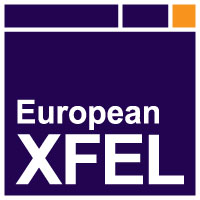
European XFEL: Large Pixel Detector: getting closer to watching chemical reactions
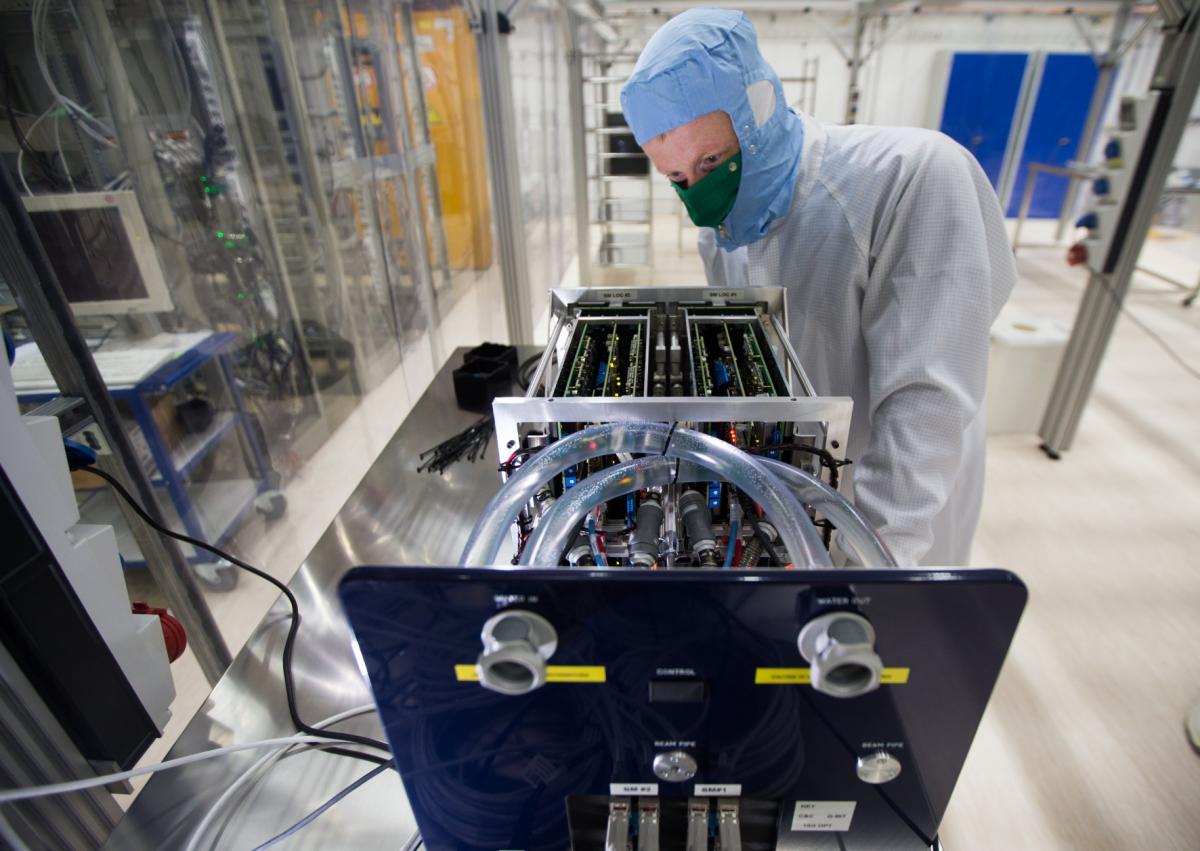
The Femtosecond X-Ray Experiments (FXE) instrument at the European XFEL will act as a microscope that can watch ultrafast processes such as the formation or break-up of chemical bonds at the molecular and atomic levels. Snapshots of such fast processes demand a high-tech detector. Such a detector was developed at the Rutherford Appleton Laboratory in Oxfordshire, UK, and has now been successfully tested for the first time in various X-ray sources (synchrotron and free-electron lasers) around the world.
First, the detector has to deliver razor-sharp images while keeping up with the high repetition rate of the European XFEL. The detector must be able to capture a few thousand pictures per second and be able to yield precise results in an extremely wide range of intensities. The tests showed the detector, called the Large Pixel Detector (LPD), could even measure a single photon, a particle of light.
The European X-ray Free Electron Laser (European XFEL) is a research facility currently under construction in the Hamburg area in Germany. Its extremely intense X-ray flashes will be used by researchers from all over the world. Learn more.
See a list of European XFEL-related articles in Science in School.
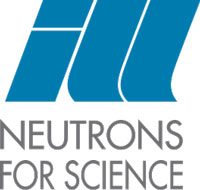
ILL: Neutrons fight against dental erosion
A new study carried out at ILL has determined the most accurate microstructure ever obtained of human tooth enamel. The research aims to provide greater insight into the chemistry behind tooth enamel demineralisation caused by our bad eating habits.
The most common treatment for dental erosion is fluoride remineralisation therapy. However, excessive use of fluoride can result in lesions that attack the enamel, so alternative treatments continue to be investigated. The neutron techniques used at ILL represent a tool of choice for studying biological materials containing hydrogen such as calcium hydroxyapatite, which is the main constituent of human tooth enamel.
The research team was able to identify, for the first time, the location of critical hydrogen atoms within the enamel, work which will be extremely useful for their future analysis of Biodentine, a new material that could be used as a cement to encourage dental regrowth.
ILL is an international research centre at the leading edge of neutron science and technology, based in Grenoble, France. Learn more.
See a list of ILL-related articles in Science in School.
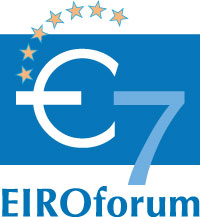
EIROforum
EIROforum combines the resources, facilities and expertise of its member organisations to support European science in reaching its full potential. Learn more here.
See a list of EIROforum-related articles in Science in School or browse other EIRO news articles.





